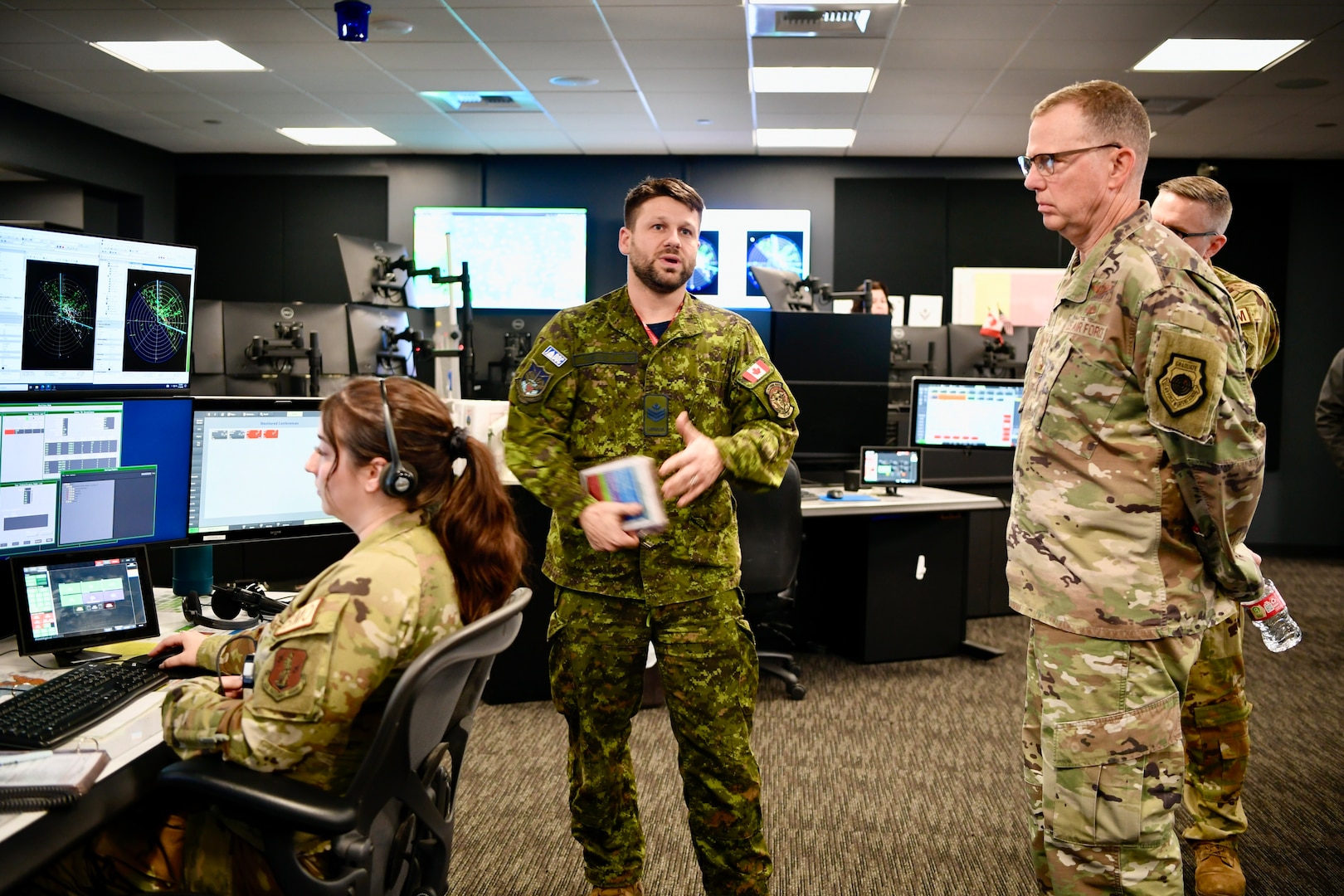
The North American Aerospace Defense Command (NORAD) recently confirmed a series of significant security incidents, including the scrambling of fighter jets to intercept civilian aircraft. One such incident occurred on a Sunday, when military aircraft were dispatched to confront a civilian plane that had entered restricted airspace. This protected zone was established over President Trump’s property in Bedminster, New Jersey, necessitating the urgent response from NORAD.
This particular interception was not an isolated event; it was part of a broader pattern of airspace breaches. Over that single weekend, a total of seven aircraft were identified as having violated the designated restricted airspace. These repeated unauthorized entries have underscored ongoing concerns regarding airspace management around high-profile locations.
Detailed reports from NORAD outlined the full scope of the weekend’s incursions. On Saturday, three civilian planes were recorded flying within the restricted airspace over Bedminster. The following day, Sunday, saw an additional four violations, including the specific incident that triggered the fighter jet interception. The incident on Sunday unfolded around 12:50 p.m. Eastern Time.
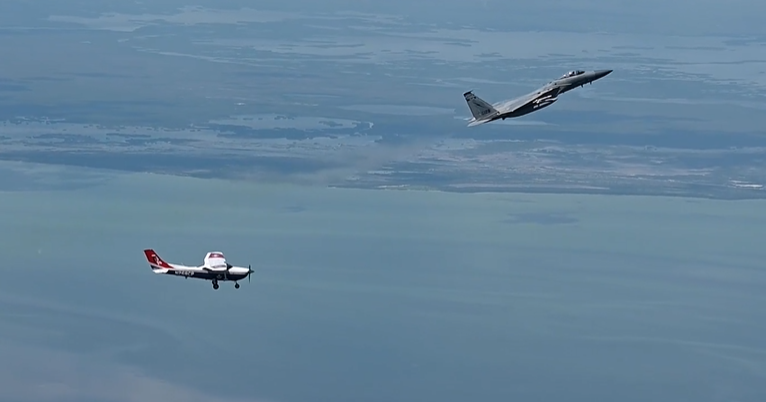
During the critical interception on Sunday, a specific protocol was activated to ensure the civilian pilot’s awareness. Flares were deployed from the intercepting fighter aircraft, a measure designed to capture immediate attention. This action, confirmed by NORAD on social media, proved effective in establishing communication with the pilot.
Following the flare deployment, NORAD aircraft successfully escorted the civilian plane out of the restricted area. This procedure was carried out safely, without further incident, ensuring the aircraft departed the protected zone. The safe escort demonstrates the precision and careful execution of such military operations.
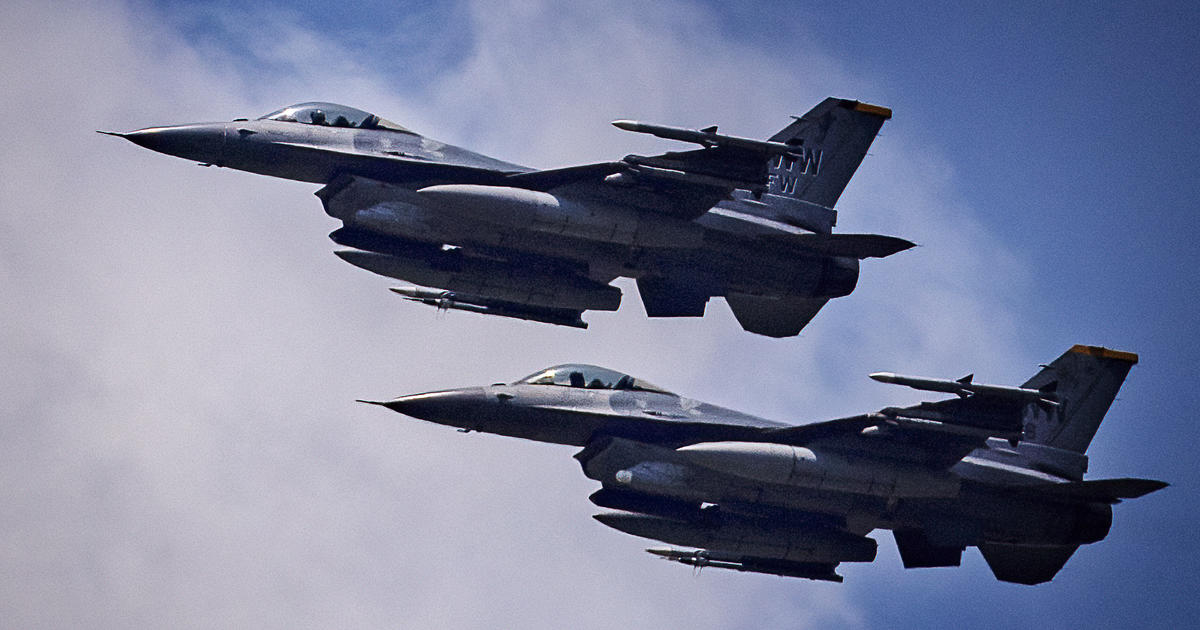
NORAD subsequently provided a detailed explanation concerning the use of flares during these aerial encounters. In a separate public statement, the command affirmed, “The flares — which may have been visible to the public — are employed with the highest regard for the safety of the intercepted aircraft and people on the ground.” This clarification aimed to address any potential public alarm.
The statement further elaborated on the physical characteristics and safety of the flares used. NORAD confirmed that “Flares burn out quickly and completely and there is no danger to the people on the ground when dispensed.” This ensures that while visually striking, the flares pose no threat to individuals or property below.
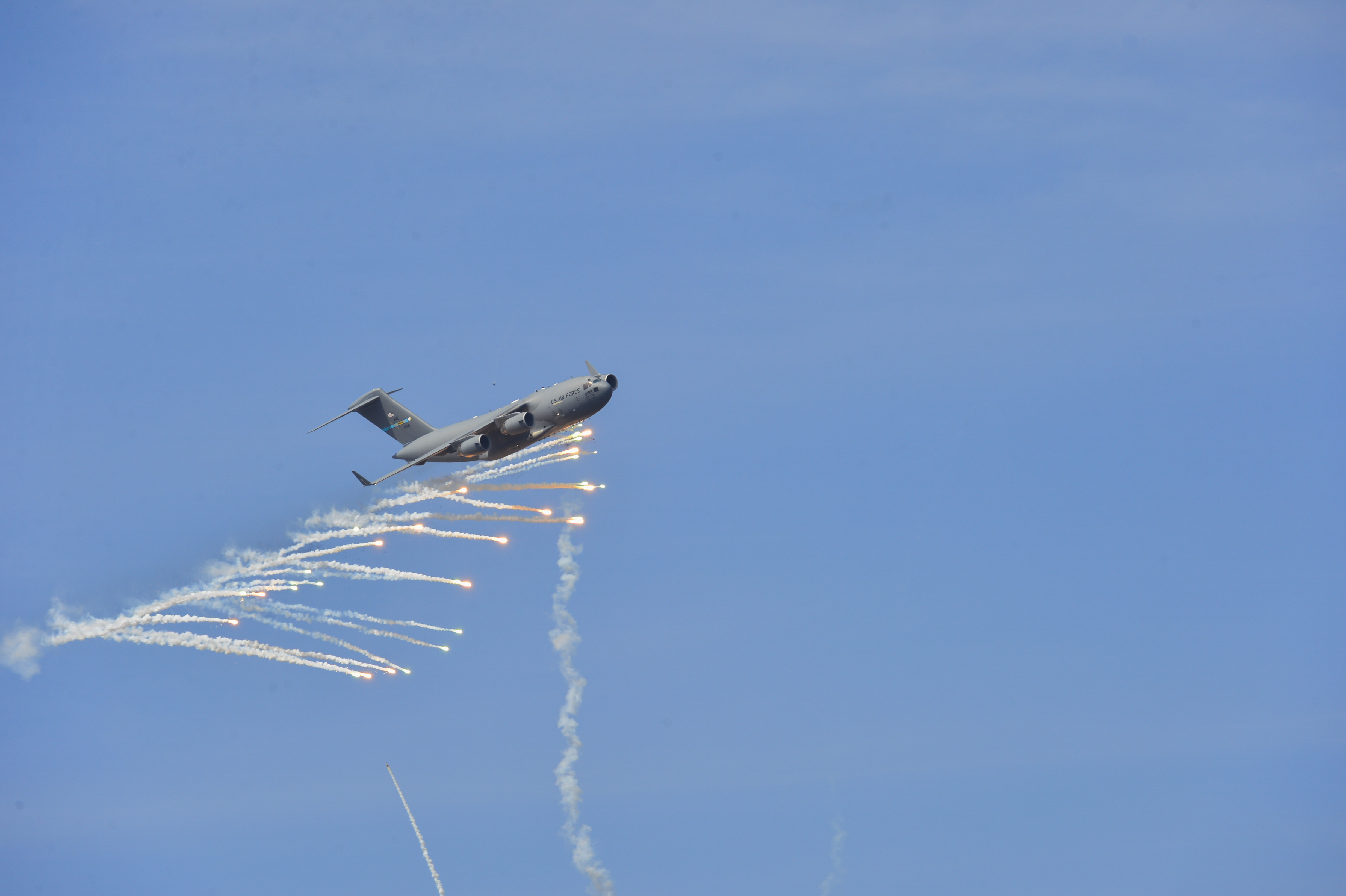
The deployment of flares is regarded as a serious but necessary step in these situations. It is specifically intended to signal urgency to pilots who might be unaware of their unauthorized entry into a restricted zone. According to NORAD, maintaining the highest level of safety is the primary objective when intercepting aircraft under such circumstances.
The reason for these specific flight restrictions relates directly to presidential activities. According to the president’s schedule, Mr. Trump was present at his Bedminster property on Sunday. He was scheduled to depart the New Jersey location later that Sunday evening, making his way back to the White House, thus necessitating the reinforced airspace security.

Temporary Flight Restriction (TFR) zones are routinely established by the Federal Aviation Administration (FAA) as a crucial security measure. These zones are put in place around various presidential properties, including Mr. Trump’s Bedminster retreat in New Jersey and his Mar-a-Lago property in West Palm Beach, Florida. The consistent implementation of these TFRs reflects continuous efforts to protect areas where the president resides or visits.
The recent Bedminster incidents are not isolated but rather indicative of a recurring challenge. NORAD had previously observed a significant number of similar breaches in the same airspace. Specifically, 11 aircraft were noted to have violated the Bedminster airspace over the preceding July 4 weekend, highlighting a persistent issue.
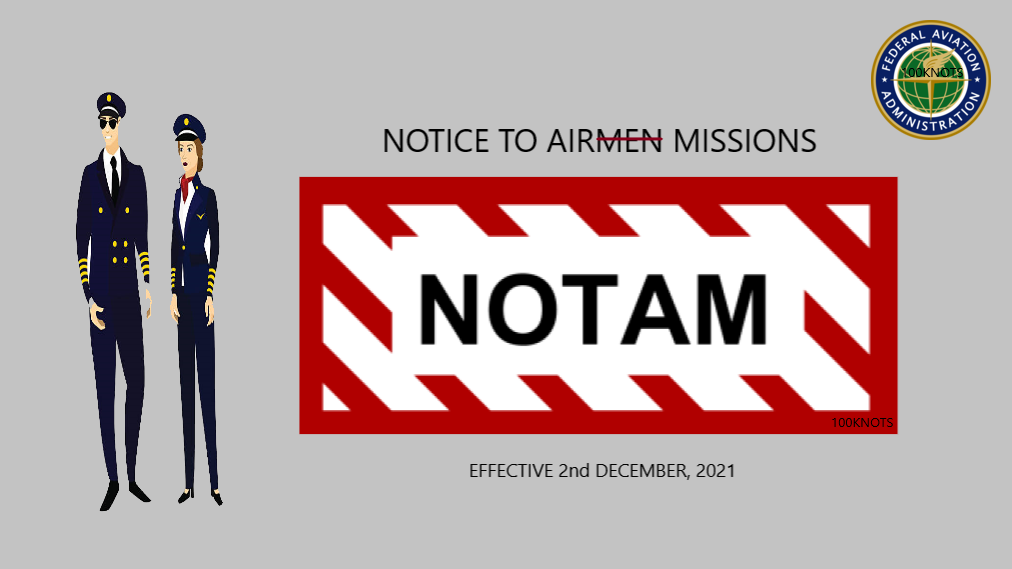
In light of these repeated incursions, NORAD has consistently emphasized the critical importance for all pilots to exercise vigilance. The command urges aviators to diligently consult Notices to Airmen (NOTAMs), which are official advisories issued by the FAA. These NOTAMs contain essential information about temporary flight restrictions and other pertinent airspace data.
The seriousness of adhering to these airspace regulations has been explicitly communicated by NORAD. Before the weekend in question, when announcing the specific airspace restrictions for the Bedminster area, NORAD issued a stark caution to the aviation community. The command unequivocally stated, “Ignorance is not a defense,” thereby underscoring the mandatory nature of compliance.
This clear warning highlights the expectation that all pilots are responsible for being fully aware of and adhering to critical flight information. The most current and updated airspace information, including all relevant TFRs and NOTAMs, is readily accessible to pilots through the FAA’s dedicated TFR website, tfr.faa.gov.
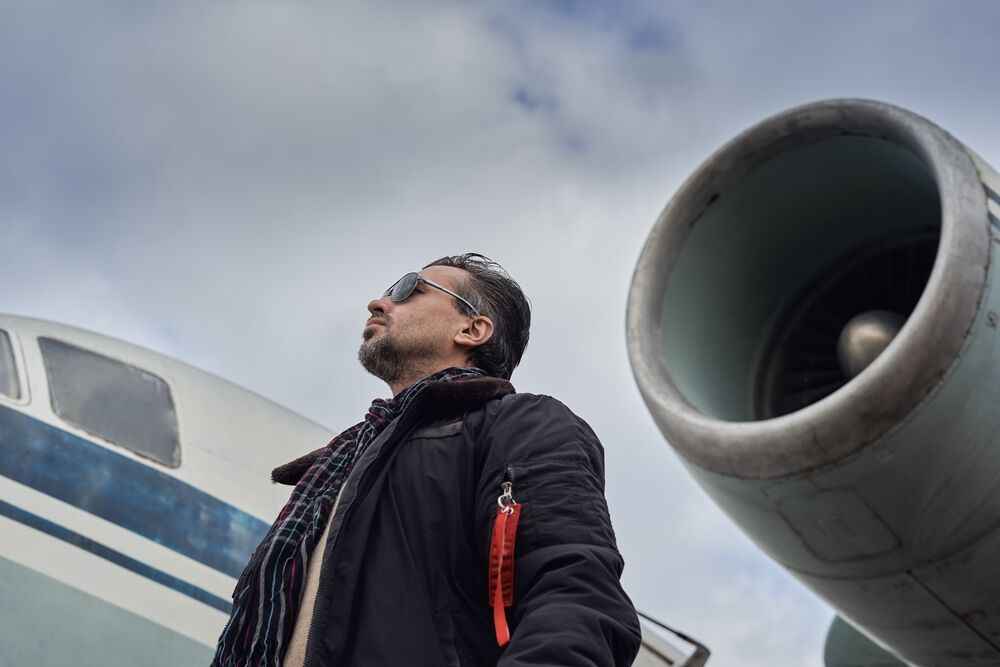
The challenge of enforcing restricted airspace and managing unauthorized civilian flights is not confined to New Jersey; it extends to presidential properties in Florida as well. Since President Trump took office on January 20, Air Force fighter jets have been frequently involved in intercepting civilian aircraft that have flown into the temporarily restricted airspace over his Florida home. This demonstrates a consistent pattern of breaches across different geographical locations.



